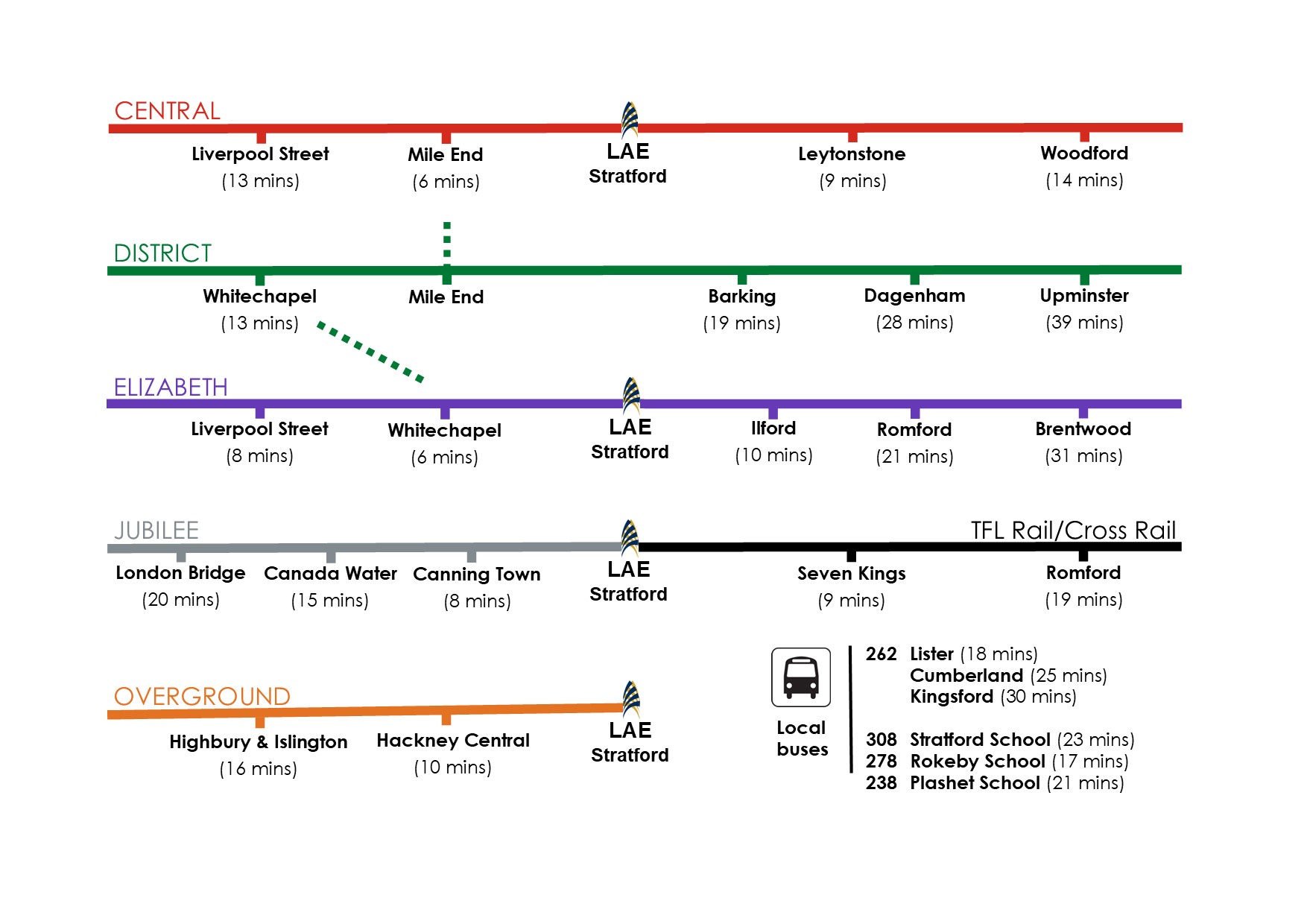 Posted on: 23/10/2025
Posted on: 23/10/2025News
English trip to Leighton House and the Wallace Collection
On Friday, the English department took a group of sixteen students on a visit inspired by the theme of Aestheticism, a movement which we have been studying in connection with Oscar Wilde. Aestheticism advocated an enjoyment of art purely for its own sake, rather than for any higher ‘purpose’, which was a revolutionary idea in the 1860s, when the movement began.
 Leighton House
Leighton House
We started our day with a morning visit to Leighton House in Kensington, the former home of the nineteenth century artist Frederic Leighton who was a proponent of the Aestheticism movement. We were given a guided tour of his remarkable house and its stunning interiors which hold many sculptures and pieces of decorative furniture alongside original paintings both by Leighton himself and by other notable artists.
Students visited the Arab Hall at the house, which Leighton decorated with artefacts and ceramic tiles collected during his travels in countries lying to the east, or ‘Orient’ of the Western world. As an artist he was deeply influenced by the art, calligraphy and architecture that he saw in Islamic cities like Damascus, Istanbul and Cairo and brought back as much as he could to embellish his home. LAE students engaged very well in discussions about how the Orient was depicted during the nineteenth century and about how sacred objects and inscriptions are held and displayed at Leighton House.
 The Wallace Collection
The Wallace Collection
The second part of our trip was a visit to The Wallace Collection, near Oxford Street. We were given a tour to connect with our morning visit and viewed many priceless objects from the Islamic world. Of these, we were particularly impressed by a golden dagger, encrusted with diamonds, rubies and emeralds, which belonged to Shah Jahan, the Indian emperor who built the Taj Mahal.
We also benefitted from a workshop with a presentation from our very helpful guide, and a hands-on opportunity to learn how patterns are formed geometrically, using compasses and a ruler – instruments that are not usually deployed in the English department!
We were able to see clear links between the ceramic tiles adorning Leighton House and the geometric principles used to create their patterns; these are also the exact patterns that inform much of the work of William Morris who was a key figure in the Aestheticism movement.
Students agreed that they learned a huge amount from both visits and it was a wonderful opportunity to engage with context for our texts.















